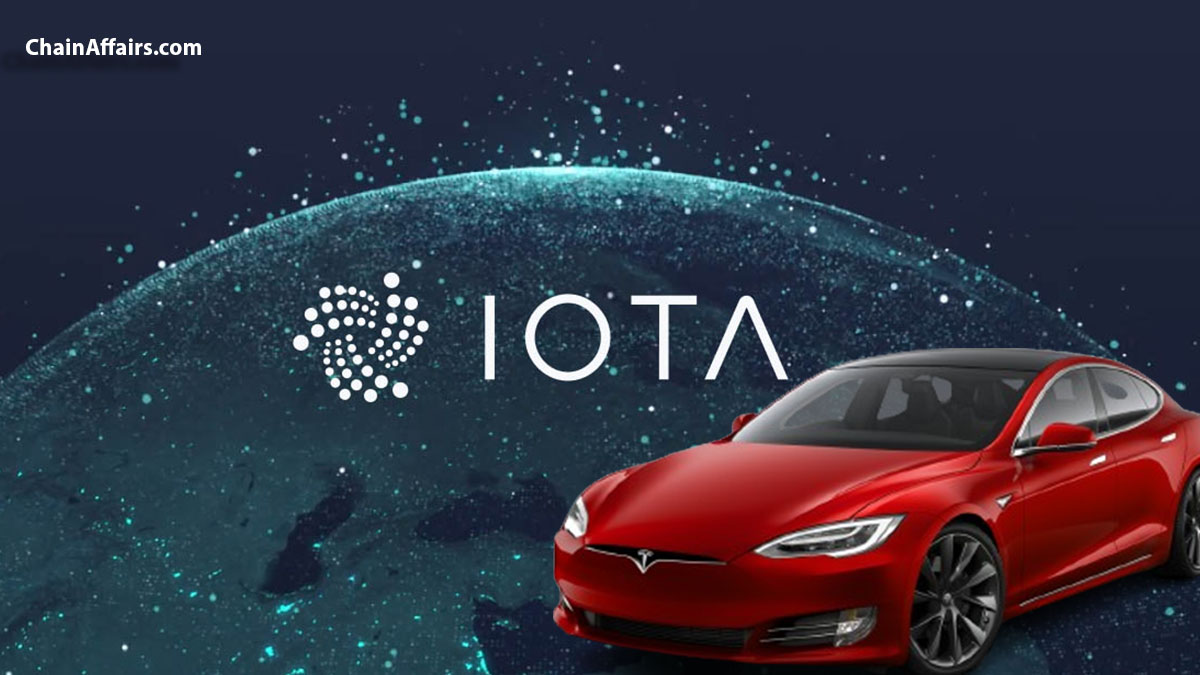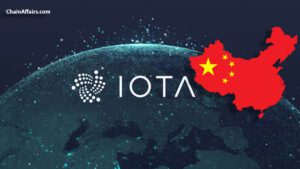Tesla, the electric car pioneer, and IOTA, the feeless and scalable DLT for the Internet of Things, might seem like an unlikely pairing. Yet, beneath the surface, a symbiosis emerges, promising a future where electric vehicles seamlessly connect, transact, and optimize themselves. While Elon Musk hasn’t officially announced any IOTA integration plans, the potential applications in the electric car giant’s ecosystem are tantalizing.
Let’s explore how IOTA could transform the Tesla experience, from charging to car-sharing, and the hurdles to overcome before hitting the open road.
Frictionless Charging
Imagine pulling up to a Tesla Supercharger and simply scanning a QR code to initiate payment. IOTA’s feeless microtransactions eliminate the need for credit cards or subscriptions, making charging as effortless as plugging in. This micropayment system could extend beyond Tesla’s network, opening up a vast universe of charging options for drivers.
Data Symphony
IOTA’s Tangle, its unique distributed ledger, can securely exchange data between vehicles and infrastructure. This data symphony unlocks a world of possibilities:
- Smarter Tolls and Parking: Imagine driving through a tollbooth or parking a Tesla, and the fees seamlessly deducted from your IOTA wallet. No more tickets or fumbling for change, just a smooth, frictionless experience.
- Self-Driving Insurance: IOTA’s data-sharing capabilities could power a new paradigm of insurance for self-driving cars. By sharing real-time driving data about road conditions and vehicle behavior, insurance companies could tailor policies more accurately, potentially reducing costs for safe drivers.
- Peer-to-Peer Car Sharing: IOTA could facilitate a secure and transparent car-sharing marketplace. Imagine renting out your Tesla during idle hours, with IOTA handling secure payments and access control. This peer-to-peer network could boost car utilization, reduce individual car ownership, and contribute to a more sustainable transportation future.
Challenges on the Road:
Despite its alluring potential, IOTA faces several hurdles before becoming mainstream in Tesla cars:
Scalability: IOTA is still under development, and its ability to handle millions of transactions per second, as self-driving cars require, needs thorough testing and refinement.
Security: While IOTA’s Tangle is constantly evolving, some security concerns remain. Ensuring robust data encryption and tamper-proof transactions is crucial for gaining the automotive industry’s trust.
Regulation: Integrating IOTA with existing regulations, like GDPR for data privacy, requires careful consideration and compliance. Navigating these regulatory landscapes will be key to widespread adoption.
Also Read: Empowering 1.4 Billion: IOTA’s Potential for China’s Digital Identity Revolution
The Road Ahead
The Tesla-IOTA partnership may seem like a futuristic dream, but the potential benefits are undeniable. By addressing scalability, security, and regulatory challenges, IOTA could become the invisible engine powering a seamless, data-driven, and sustainable future for electric vehicles. As both technologies continue to evolve, the road ahead for this dynamic duo promises to be exciting, with every turn potentially leading to a revolution in how we experience mobility.



